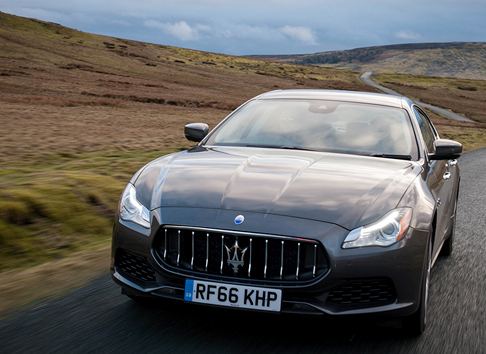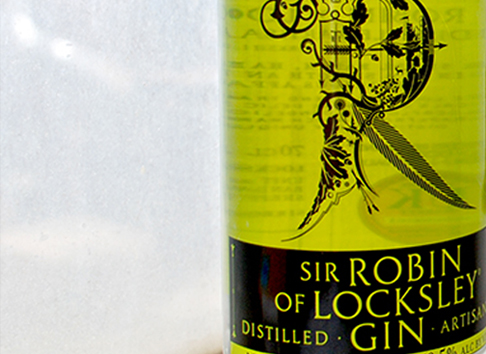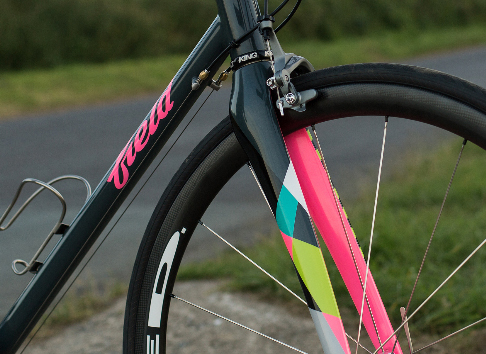Le Mans
For 24 hours every year Le Mans is home to one of the greatest motor races in the world, but what happens for the other 8,736 hours?
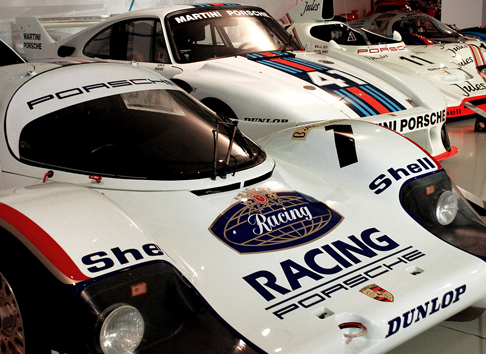
My family and I visited Le Mans to discover what treats this high-octane fueled French city has to offer. It’s about an hour and a half from the French coast making it possible to visit for a long weekend and it also makes a perfect stop-off if you’re traveling further south.
We then spent a few days exploring the beautiful countryside of Le Loir, just to the south of Le Mans. In part two of this article, to follow, we sleep with a polar bear, party with race drivers, recover with ancient remedies from nuns and, of course, eat very well! But for now though, back to Le Mans.
Le Mans, the race
Le Mans and the surrounding area have a rich engineering heritage. The Wright brothers came in 1908 to make their first planes in a factory which was later taken over by Renault, who still manufacture cars in the area. In the early 1900’s France had the most motor companies in the world and the 24 hour race in Le Mans was created to showcase their products. It’s been held annually since the first race in 1923, becoming the world’s oldest active endurance sports car race and one to the most famous events on the motoring calendar.
A Bentley won the second race and the British love affair with the 24 hour began. British manufactures have won 17 times and British drivers such as Derek Bell and Graham Hill have become legends. Every year thousands of British fans make the pilgrimage over to the race affectionately known as the biggest British motor race in France.
Yet many of us will have grown up knowing the name but little else about this historic sporting event. Largely, I believe due to the lack of television coverage, over looked in favour of Formula 1. So in preparation of our visit we set out some research. This largely consisted of evenings in racing around the track on the Xbox… But there are also several films we found well worth watching. Steve McQueen’s 1971, epic film, Le Mans is visually enthralling, albeit rather lacking in dialog. Bigger Picture Films give a great insight into the racing world at Le Mans. Their films, In the Lap of the Gods and Chasing the Dream have a thrilling, seat-of-your-pants view of the race. The brilliant, Deadliest Crash, tells the harrowing story of the tragic disaster at the 1955, 24 hour in which over a 100 people lost their lives and motor sport changed forever. The film documents what the race means to the local people and just how deep-rooted it is in their lives. It’s rare and personal window into the race and a must see for any fan of motor racing.
Le Mans, the city
The 24 hour race is woven into the fabric of this lively French city and you’re never far from a story about motor racing. Before the 24 hour race the drivers parade through the city which turns into one big party for the weekend. Afterwards the winning driver’s hand and feet prints become part of the city, set in brass in the pavement.
To escape all the engine excitement for a moment, you can step through the Roman walls surround the historic old town and meander quietly through the streets of timber houses dating back to the 15th century. Built when many people couldn’t read, carvings can still be found in pillars at the corners of buildings and along their facades revealing the trades and goods that were available within. On the hill, crowning the old town is one of Frances largest cathedrals. An impressive structure built over 400 years through the 11th and 15th centuries. More than a 100 stained glass windows illuminate the vast interior thanks to an unnamed architect’s ingenuity, splitting the flying buttresses around the outside of the cathedral in a unique ‘Y’ shape design to allow sun light to stream through the superstructure and flood the coloured glass with light. At one corner, resting quietly against the walls of the cathedral is an ancient, 4 or 5,000 year old stone menhir (one of the large rocks Asterix’s mate, Obelix used to carry around), which race drivers touch for luck).

The 24 hour museum
The circuit museum is a shrine to speed. Well over 100 vehicles trace the history of the 24 hour race from the first winners through to the wedges of speed like the winning Silk Cut Jaguar XJR-9 and Bentley Speed 8 to current cars including a Porsche straight from the 2018 race, unwashed because of a special streamline coating.
If you visit when there is not a race event being staged, for just a couple of euros extra you can have access to the track. It’s a little eerily deserted and most of it’s closed-up but it’s fun just nosing about and wandering around the stands. There is usually some booted up Porsches from the Porsche centre roaring around to enjoy.
Racing Le Mans
To get a little closer to actually racing at Le Mans, just over the barriers from the main track is a karting centre where you can let rip around the same corners and straights as some the great drivers. The likes of James Hunt, Ayton Senna and Michael Schumacher have all raced karts here.
Inside the karting center you can drive the Circuit de a Sarthe in a simulator. It’s like sitting inside a video game that picks you up and throws you around the corners (top of next years Christmas list!). It’s possible to just turn up and have a go on both the karts and simulators, but like everything in Le Mans, it gets busy on race days so it’s probably best to book if your visiting on a weekend with an event.
Driving the Circuit de a Sarthe
The Le Mans track is actually two tracks. The Bugatti circuit is a closed track hosting regular race events through the year and enjoyed by fortunate guests of the adjacent Porsche center. The larger, Circuit de la Sarthe, used for the 24 hour, extends out to include sections of public road. But this is not your usual street circuit, utilizing roads for a race track; this is more like the race track is actually used as a road. Driving along we suddenly found ourselves turning a corner complete with painted track curbing edging a large gravel trap surrounded by a tire wall. My son was delighted! “I’ve driven this on Xbox..!” We pulled over to take photos and hunt for souvenir of bits of carbon fiber from racecars that had over cooked the corner, like we were at the beach collecting seashells.
The race-track-road is, of course, subject to the city speed-limits but this only slightly dented our excitement as we cruised up one of the fasted racing sections in the world, the Mulsanne straight then followed in the tracks of so many great drivers, down through the trees and swept around the famous Indianaolis and Arnage corners.
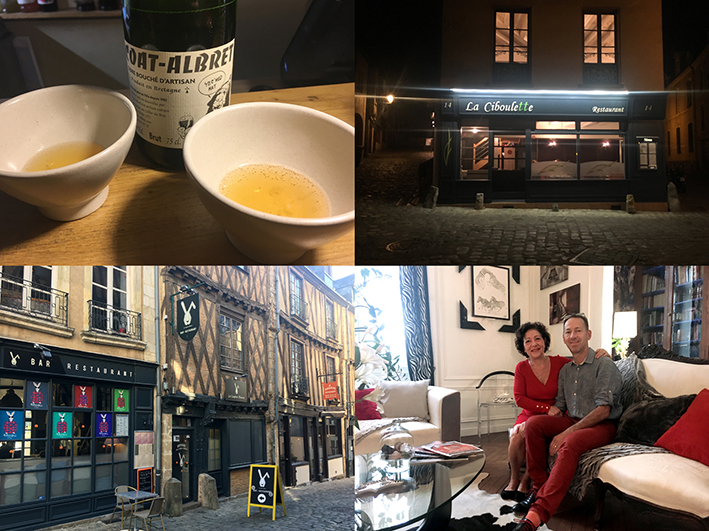
Eating
On our visit we ate in four of Le Mans many restaurants and enjoyed them all.
A great place for to refuel when exploring the old town is crêperie, L’Explorateur that has a menu of very reasonably priced, tasty crêpes and pizza. This is a family business with the father front of house and his son in the kitchen. Tip – The mysterious little ceramic bowls that you’ll find set out on the tables are for the delicious local cider!
Just around the corner from L’Explorateur is La Ciboulette, a lovely, chic local restaurant serving quality French dishes with a very friendly service.
On the edge of the old town is the Le Lapin Blanc, a smart, cozy, modern restaurant. The menu specializes in local ingredients and the wine list is filled with superb organic wines selected from small independent local vineyards.
Possibly my favorite food of our trip was at Ode et Lys. Set unassumingly on Avenue Louis Cordelet, a busy road, 5 minutes walk for the center its well worth finding. But you’re recommended to book ahead, its popular with the locals and (at least at the time of year we visited) its only open for lunch, weekdays! Owner and chief, Patrice Paul creates a very short menu, just 3 starters and 2 mains, from the fresh produce he finds in the market each morning.
Culinary tip
After motor racing, the most important subject to know something about in Le Mans is Rillettes. A sort of course meat pate, commonly pork, and the shear mention of it sends the locals into dreamy mouth-watering delight. They eat it with, or cooked in, everything. It’s delicious! I don’t think you can beat just simply smearing it generously on a fresh baguette. Locals will enthuse about their favorite butchers but you can’t go far wrong with a pot of award winning Maison Prunier, Rillettes du Mans de Porc Fermier Français, Label Rouge available in most supermarkets.
Accommodation
There is an abundance of accommodation in Le Mans and the surrounding area, predominantly to house the thousands of race fans who arrive each year. We found a very warm welcome at the hotel, Les Lamartine from owners Louisette and Terry Chave. Louisette has clearly enjoyed decorating her beautiful home and guest rooms. Her eye for detail and high standards were honed over 15 years working at the 4 star, Grand Hotel, Paris. Les Lamartine is very conveniently located, just a 10 minute walk from the old town and city center and, if you don’t take a car, the train station is only two minutes around the corner. The front has views over the river and there is a garden at the back providing tranquil oasis.
Getting there
Le Mans is just an hour train from Paris, many commuters make the journey daily for work and its possible to fly to nearby Angers from several UK airports, but this is an auto-obsessed destination you really want to drive to. Brittany Ferries operate routes from Portsmouth, Poole and Plymouth with many crossings through the night so you can arrive for fresh croissants and coffee for breakfast. We took the night sailing from Portsmouth to Caen. I’m sure it must get a bit choppy sometimes but our crossings there and back were both unbelievably smooth. After standing on deck, obligatory when departing on any ship, and actually quite interesting slipping through the naval vessels harbored in Portsmouth, we retired to our comfortable cabin where, almost disappointingly to us newly self-appointed sailors, the channel was as calm as a mill pond and the only detectable evidence that we were out on the high seas was the soporific purring of the ships engines.
Share article with:
Related articles which maybe of interest
© By The Sky Design 2019

